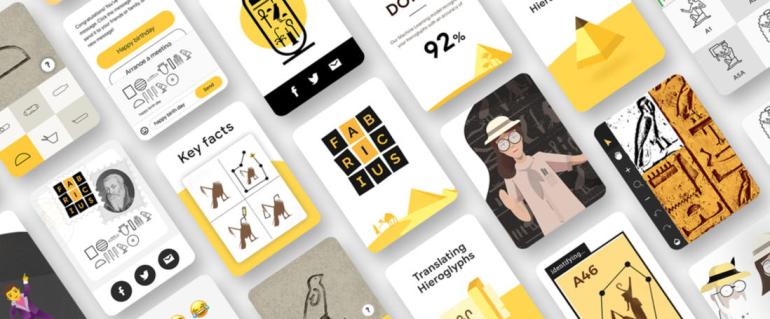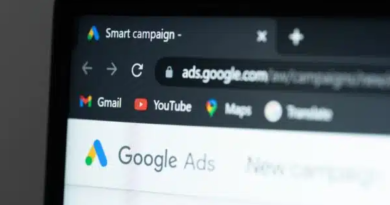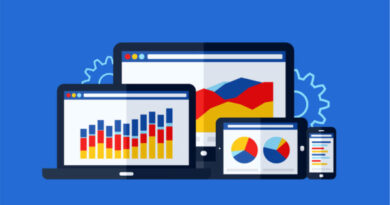Google Uses Machine Learning to Decipher Hieroglyphs
Google has unveiled Fabricius, a tool that uses machine learning to decipher and translate ancient Egyptian hieroglyphs.
Ancient Egypt has captured the imagination of people the world over for centuries. Hieroglyphs offer a glimpse into that world, but they are notoriously difficult to decipher. It has traditionally involved using volumes of books to check and cross-check symbols. Google’s new tool is designed to make the process easier, and opens hieroglyphs to the public at large.
“Fabricius includes the first digital tool – that is also being released as open source to support further developments in the study of ancient languages – that decodes Egyptian hieroglyphs built on machine learning,” writes Chance Coughenour, Google Arts & Culture Program Manager. “Specifically, Google Cloud’s AutoML technology, AutoML Vision, was used to create a machine learning model that is able to make sense of what a hieroglyph is. In the past you would need a team of Data Scientists, a lot of code, and plenty of time, now AutoML Vision allows developers to easily train a machine to recognize all kinds of objects.”
Fabricius is available in English and Arabic and stands to revolutionize the study of Egyptian hieroglyphs and history. This represents another arena where machine learning is making a valuable impact.



